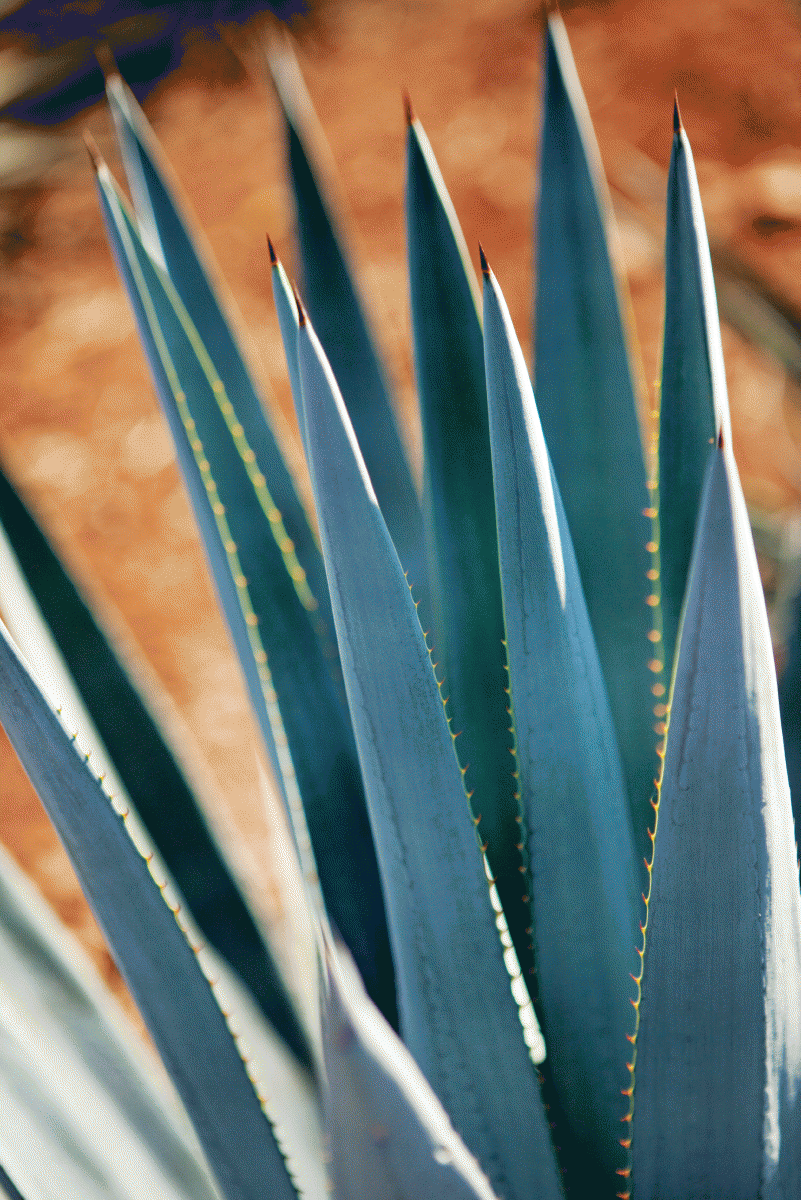Agave Is Versatile in Granola Bars
Researchers in Mexico say insoluble agave fiber, which often gets discarded, can make for a healthier granola bar.

Agave is in high demand for its tequila-making sugars-which are also sold as agave syrup-but what happens to the rest of the agave plant after harvest? A lot of fiber is leftover, and it turns out that manufacturers can use this agave fiber in granola bars.
While agave fiber is already used in granola bars, only the soluble fiber (also known as inulin) is exploited. The insoluble fiber often gets discarded. Researchers in Mexico, however, think leftover insoluble fiber has real potential for use in food products. They are first testing it out in oat-based granola bars.
Researchers prepared granola bars with agave syrup and agave fiber (soluble and insoluble), which they used in full or partial replacement of honey, wheat flour, and sugar. A trained tasting panel identified less sweetness only when 100% of sugar was replaced with agave inulin. The addition of agave inulin at 62% replacement was deemed acceptable.
Agave ingredients did have some other, more functional influences. The researchers reported lower baking efficiency with agave syrup-likely because of its high water content-and sugar replacement resulted in less browning. Bar structure, however, was unaffected by the addition of agave fiber.
A fiber-rich granola bar is evidently possible with agave fiber, and using both soluble and insoluble fiber should create a product with a more ideal fiber profile, because “selective consumption of the soluble components [of fiber] is inconvenient, as they are rapidly fermented in the colon, leading to abdominal discomfort.” And sweetening with agave will have its own particular benefits.
“Agave syrup is a popular sugar alternative for use in nutrition bars,” says Grace Carter, U.S. sales director for The Iidea Company (San Diego), an agave ingredients supplier. “Its low-glycemic property reduces those large fluctuations in blood sugar levels that trigger the release of insulin, which can lead to fat storage and weight.” When asked what her company does with its leftover insoluble fiber, Carter said what little is left is sold to manufacturers who use the fiber as animal feed or mix it with sand to form bricks.
Using agave ingredients more efficiently should help repurpose what happens to be quite a lot of leftover agave. The Tequila Regulatory Council (El Consejo Regulador del Tequila; Zapopan, Mexico) estimates that over 200,000 tons of agave heads are left unused each year.
Robby Gardnerâ¨
Associate Editorâ¨
Nutritional Outlook magazine
â¨robby.gardner@ubm.com
HHS announces restructuring plans to consolidate divisions and downsize workforce
Published: March 27th 2025 | Updated: March 27th 2025According to the announcement, the restructuring will save taxpayers $1.8 billion per year by reducing the workforce by 10,000 full-time employees and consolidating the department’s 28 divisions into 15 new divisions.
HHS announces efforts to eliminate independent conclusion of GRAS
Published: March 11th 2025 | Updated: March 11th 2025U.S. Department of Health and Human Services (HHS) Secretary, Robert F. Kennedy Jr., is directing the acting U.S. Food and Drug Administration’s (FDA) acting commissioner to explore rulemaking that would eliminate the independent conclusion of GRAS provision.






